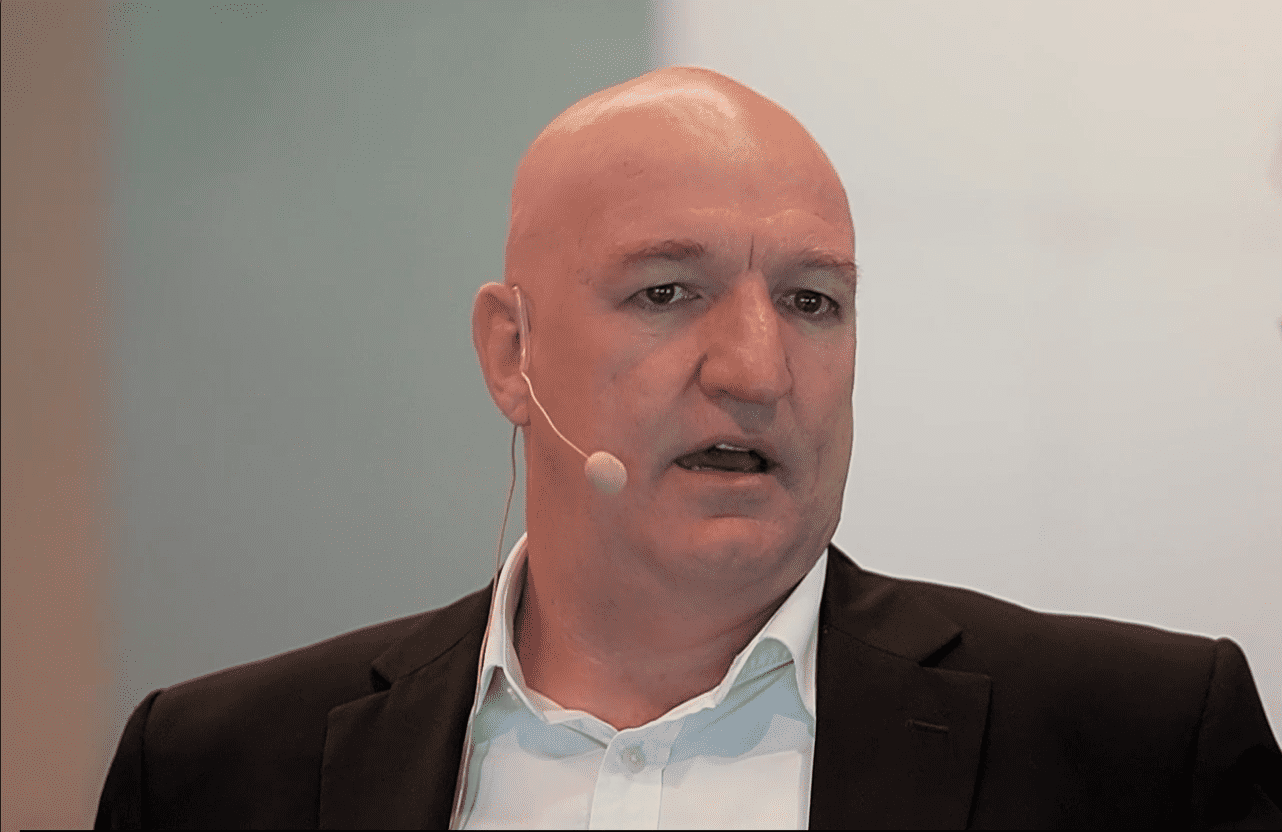One of the better indicator tools to use when assessing opportunities is the PEG ratio – where PEG stands for price earnings growth. Please be aware that this ratio is no substitute for detailed research – however it is especially useful when comparing the merits of companies with differing growth profiles.
The PEG ratio is found by dividing the price earnings ratio by the estimated growth rate. For example price earnings 15; estimated growth rate 9%; therefore PEG ratio = 15 ÷ 9 = 1.67.
Popularised by renowned investor Peter Lynch, who declared that "the price earnings ratio of any company that's fairly priced will equal its growth rate" – the PEG ratio works best for companies with proven and sustainable growth rates. However it is still quite useful as one of the initial filters in any valuation, as it clearly indicates the excess premium being paid for expected growth. In an ideal world you would not buy if the PEG ratio exceeds 1.
So, how do some of the current bubble stocks fare on this measure?
SEEK Limited (ASX: SEK) is on a roll with first half 2014 profit up 29%. Attributes of this company include excellent management, good strategic direction, scalable platforms and the potential benefits of a declining A$. Over time significant growth is likely to come from the education and international divisions.
Using an estimate of 12% growth in earnings per share (58c) for FY 2015 places Seek on a prospective PE multiple of 29. Therefore, using these assumptions, Seek's PEG ratio is a high 2.42 (29 ÷ 12).
Although a very good business, Seek ($16.94) does not appeal as a good buy at the present time.
REA Group Limited (ASX: REA) provides online real estate data and related services to the property industry and consumers. With a high return on equity, this company remains in possession of a lucrative space. Further potential lies in the opportunity to offer direct property sales in the near future. Risks include the possibility of rivals developing threats to REA's dominant position.
Using an aggressive estimate of 20% growth in earnings per share ($1.42) for FY 2015 places REA on a prospective PE multiple of 35. Accepting these assumptions, REA's PEG ratio is 1.75 (35 ÷ 20).
Despite using these very positive estimates, REA ($49.58) remains moderately overvalued.
Domino's Pizza Enterprises Ltd (ASX: DMP) owns or franchises numerous retail food outlets in Australia, New Zealand, Europe and Japan. 60% of orders are taken online, generating good margins. Although performance is strong in Australia / New Zealand, Europe has been very lacklustre and the new venture into Japan is in promising early stage growth.
Using FY 2015 growth estimates of 16%, forward earnings per share come in at 55c, giving a 2015 price earnings ratio of 38; and a PEG ratio of 2.38 ( 38 ÷ 16).
On these estimates Domino's ($21.11) is seriously overvalued.
Foolish takeaway
Dealing with the future is an uncertain business and using estimates to assess investment decisions carries no guarantees. However the PEG ratio essentially identifies what is being paid now for expected growth in the future and is relevant when assessing potential industrial share investment. In a coming article I'll be running the four retail banks and Telstra through the PEG filter.








